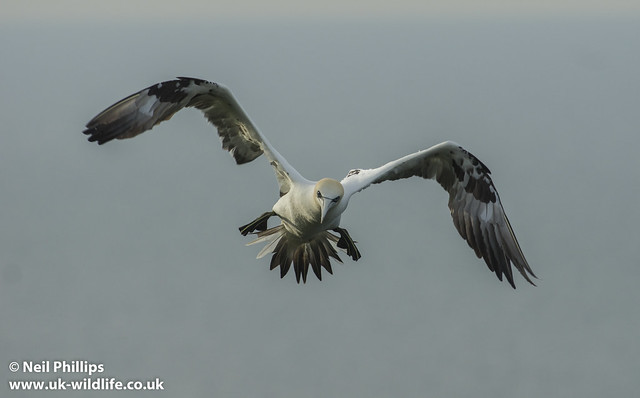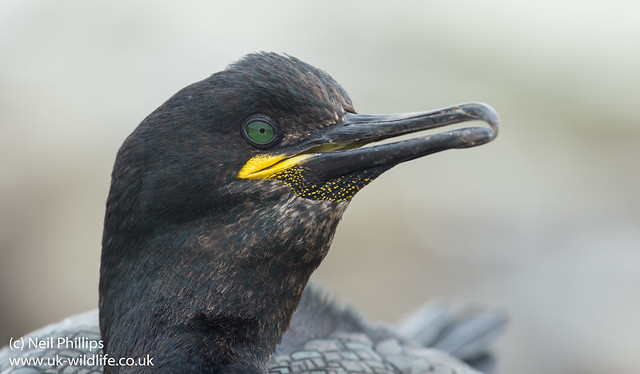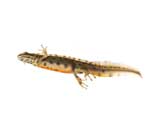This review will be based on my real world use of Pentax DA*300mm over the 3 years
During this time I have used it mainly for wildlife photography, so this will mainly be a review on this lens and its suitability for these subjects.

Pentax DA*300mm on a Pentax K-3
Auto focus
The autofocus uses the SDM/HSM motor in then lens when used on the K-5 and K-3 camera bodies. On the K-3 is reasonably fast, with the widest aperture being F4 it is sometimes a little too sluggish for the fastest moving wildlife, like swallows and dragonflies, but usually quite accurate.
There is also a manual/autofocus switch which is handy and it is easily changed, but not easily knocked on/off accidently.
There is also a nice large quick shift focus ring for small adjustments or manual focusing.

Aufofocus is fast enough for bird in flight shots f5.0, ISO400, 1/1600th sec ,K-3
Sharpness
One thing this lens cannot be faulted on is its sharpness, it rivals my DFA 100mm macro lens. Feather and fur detail is wonderful, especially when combined with the 24Mp sensor on the K-3 and I’m convinced its sharp enough to resolve that much resolution. Only when used with the Pentax Q and adapter, with its tiny 12 mega pixel sensor giving a crop factor 4 times that of the K-3s, does it start to loose sharpness, but still give good results, especially with HD video. In fact the Q and DA*300mm is a great combo for long range video for distant waders, normally only reachable with a digiscope setup.

Shag close up, showing detail resolved by this lens. f5.6, Iso 200, 1/250th sec, K-5
Close focus
The relative close focus of 140cm means that frame filling images of lizards, dragonflies and large butterflies are possible, with the 300mm focal length giving enough working distance to not spook these sometimes skittish creatures. It is also useful for photographing flowers like orchids and bluebells, where the narrow field of view makes getting a clean background much easier.
Using extension tubes also gives great results, with the sharpness of the lens giving macro lens like results.

Four spotted chaser dragonfly f5.6, Iso 200, 1/500th sec, K-5
Weatherproofing and build
When used with a weatherproof body, I have every confidence taking this lens out in rain, snow and even out on sandy beaches and heaths. As you can see from the following video, some have pushed it even further!
The lens well built and tough and I can vouch for this personally having seen it dropped twice, the second time the tripod mount snapped off but there was no damage to the lens.
Handling
Being a 300mm lens, it is reasonably heavy, but I find the weight OK to carry round all day, in fact its light enough to have a selection of other lens and a flash in my camera bag and carry the lens, camera and tripod on my shoulder.
One negative point is the tripod mount is tiny compared tot the mount on the Sigma 150-500mm which acts as an easy carry handle, and the camera and lens on their own can be awkward to carry for long periods of time (although others I have spoken to do not find this the case and happily carry it round all day by the camera grip).
Summary
The DA*300mm is an excellent lens and the longest sub £1000 prime lens available from Pentax and compares well, both quality and price wise, with other brands equivalent (which are often more than £1000) and on a Pentax camera body the in body image stabilisation will help in low light conditions, as it does on all lenses.
The only other long lenses in this price bracket are the Sigma 500mm zooms (150-500mm and 50-500mm) which while more flexible, are slower focusing with a narrower widest aperture and I find the cropped images from the DA*300mm are sharper than the equivalent field of view from the Sigma 150-500mm taken at 400mm or 500mm.
It also works well with the Pentax 1.4x DA AF rear converter, where autofocus speed is not noticeably affected and nice images can be obtained with this combination. Ill review this teleconvertor at a later date after further use.


Hi Yes I agree that the 300mm f4 is a very sharp lens, but the 1.4 converter fails in tropical situations. Has anybody else had this problem with the tele converter?
Hi. Yes I agree with you that the 300 f4 is a sharp lens, when used with the 1.4 converter it performs well in temperate conditions, but in tropical heat the converter fails to work!. Its a pity there are no longer lenses available for Pentax. For bird photography its not long enough and only renders detailed shots at very close range. I bought into Pentax digital just before the 300mm was released, because of image shake reduction built into both body and lens. Now I wish I had gone with Nikon with superior specifications and range of telephoto lenses.